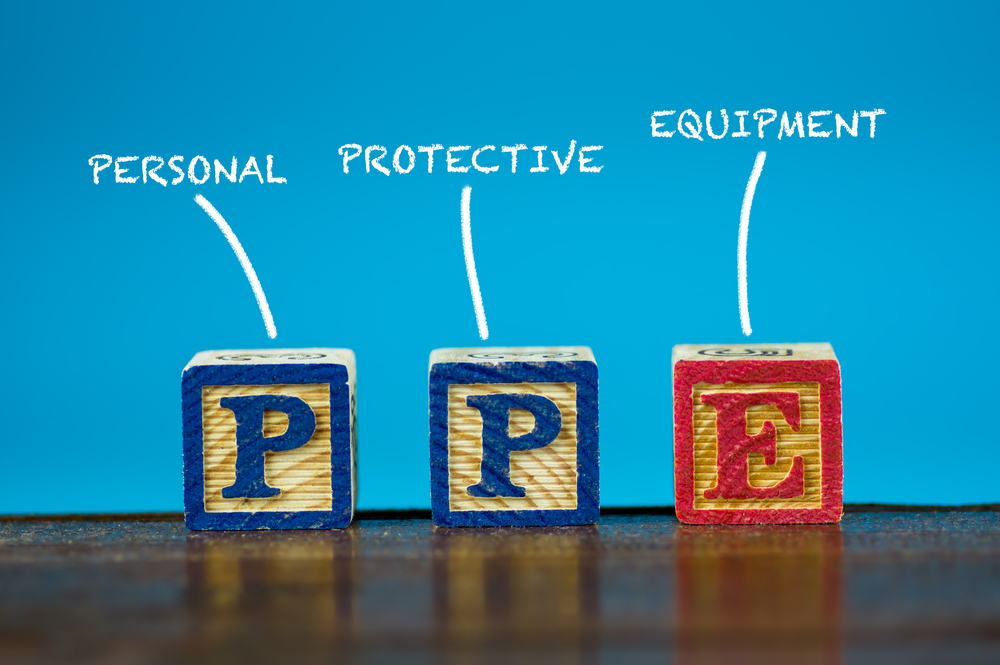Chemicals are known to play a vital role in many industries, from manufacturing and healthcare to research and agriculture. However, working with chemical reagents involves inherent risks that must be carefully managed to ensure the safety of workers and the environment. In this article, we look at why working with chemicals is high risk, the importance of personal protective equipment (PPE), safe handling and storage practices, proper disposal of chemical waste, the importance of reading and following instructions on chemical labels, conducting risk assessments, and a summary of the main points.
Why is working with chemicals high risk?
Chemicals exist in a myriad of forms, each with its own unique properties and potential hazards. From corrosive acids to flammable solvents to toxic substances, chemicals pose inherent risks to human health and the environment. Exposure to hazardous chemicals can lead to a range of adverse effects, including skin irritation, respiratory problems, burns and even long-term health effects such as cancer or reproductive disorders.
The importance of PPE when handling chemicals

Personal protective equipment (PPE) serves as the first line of defense against chemical hazards. Items such as gloves, goggles, lab coats and respirators are essential to minimize exposure and reduce the risk of injury or illness. Proper selection, fit and use of PPE are critical to provide adequate protection against specific hazards encountered in the workplace.
The importance of safe handling & storage
Safe handling and storage practices are necessary to prevent accidents and minimize the risks associated with chemical exposure. This includes proper labeling of containers, segregation of incompatible chemicals and storage in designated areas with adequate ventilation and protective measures. Spills, leaks and accidents should be promptly addressed using appropriate clean-up procedures to prevent environmental contamination and worker exposure.
How to ensure the safe handling of chemicals
Ensuring safe handling of chemicals requires comprehensive training, clear communication and adherence to established safety protocols. Employees should receive detailed training on the hazards associated with the chemicals they work with, as well as proper handling practices and emergency procedures. Regular safety audits and inspections will help identify potential hazards and ensure compliance with regulations.
The proper disposal of chemical waste
Proper disposal of chemical waste is essential to minimize environmental impact and protect public health. Chemicals should be disposed of in accordance with local regulations, using approved methods such as incineration, neutralization or recycling. Spent chemicals, contaminated materials and unused reagents should be segregated and stored in designated waste storage areas until disposal.
Importance of reading & following instructions on chemical labels
Chemical labels serve as a critical communication tool, providing important information about hazards and requirements for proper storage of chemicals. It is very important that employees carefully read and understand labels before handling or using any chemical products. Following the instructions and precautions on the label will help prevent accidents and ensure safe handling.
Risk assessment for chemical handling
Conducting a risk assessment is an important step to reduce hazards in the workplace. It involves identifying potential hazards, assessing the likelihood and severity of harm, and implementing control measures to reduce the risks. Risk assessments should be carried out regularly to review and update safety procedures in response to changes in processes, equipment or chemicals used.
Summary
Remember that working with chemicals involves risks that must be carefully managed to protect the health and safety of workers and the environment. Basic safety measures include the use of appropriate PPE, safe handling and storage practices, proper disposal of waste, reading and following instructions on chemical labels, and regular risk assessments. By prioritizing safety, communication and compliance, organizations can minimize the risks associated with handling chemicals and create a safer working environment.